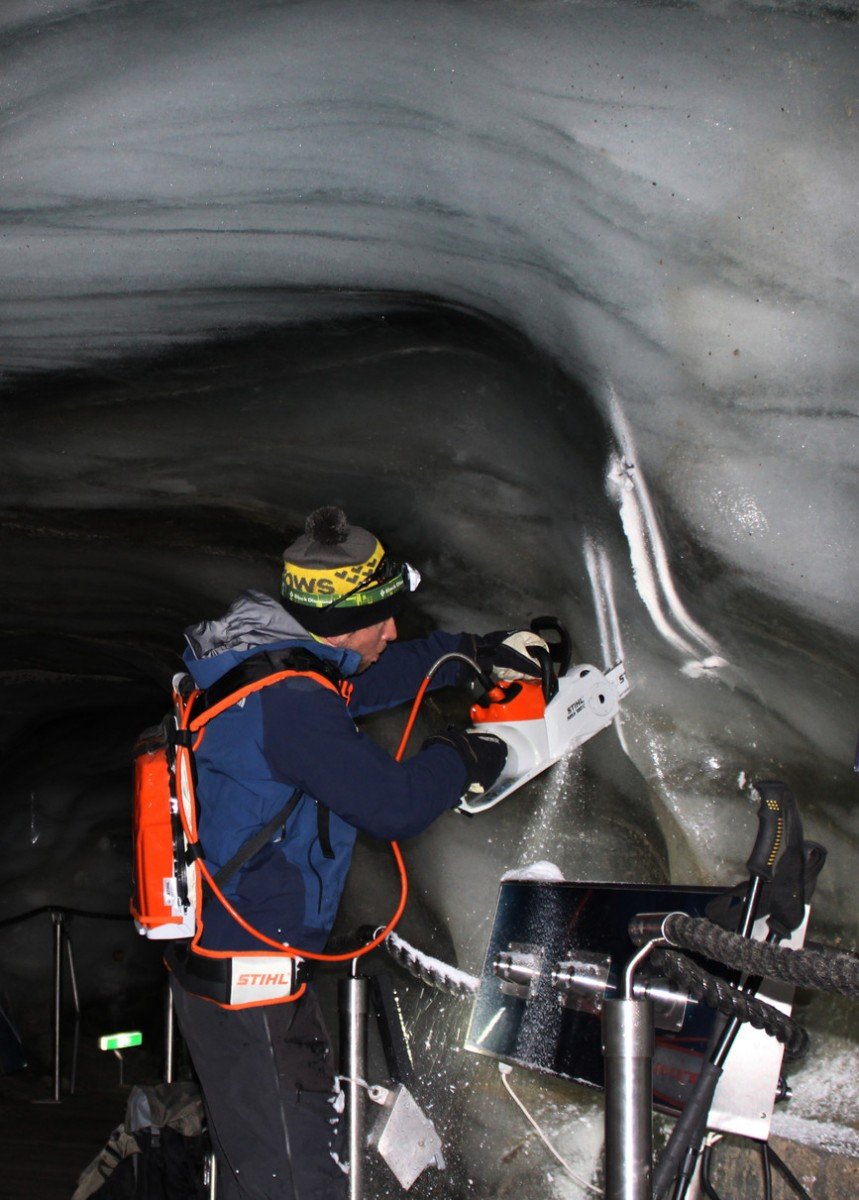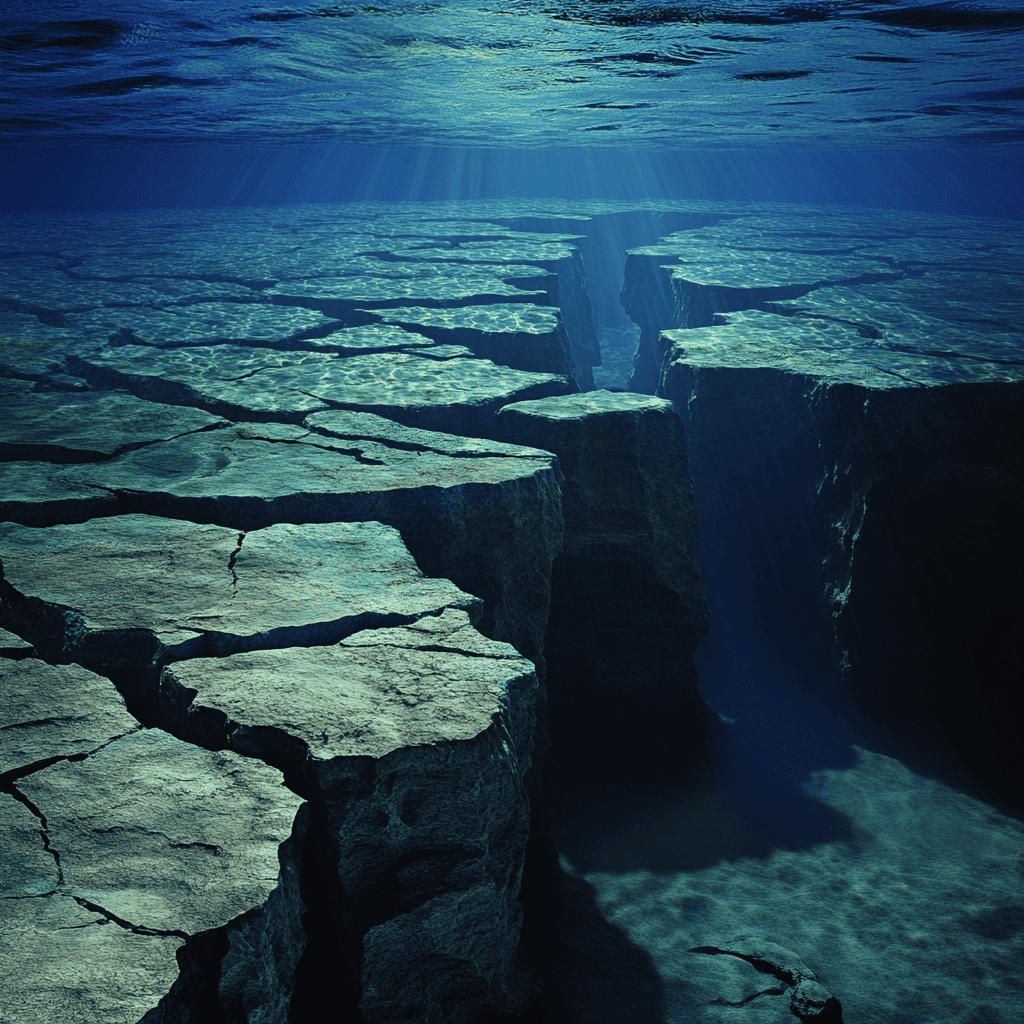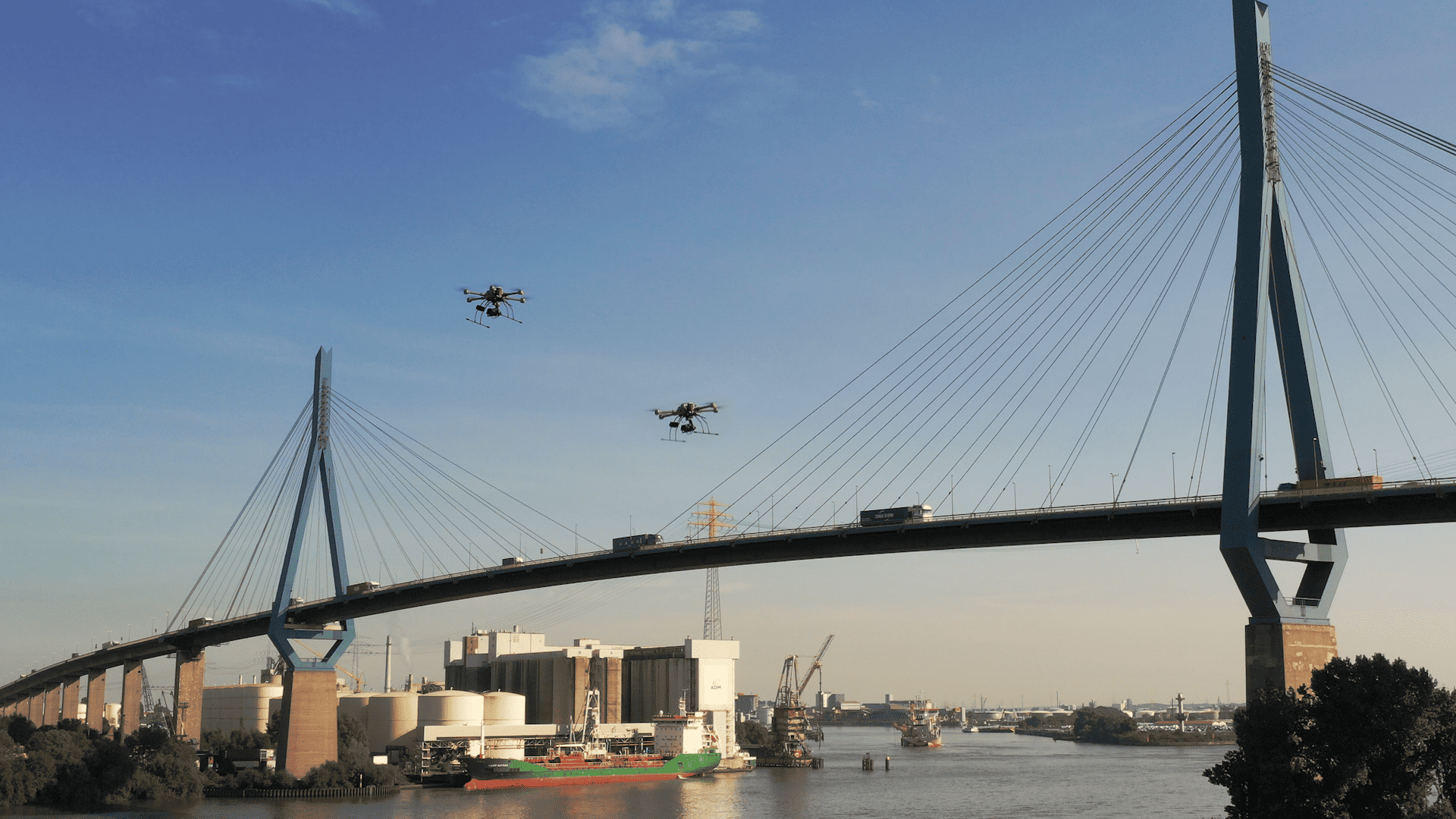
In the Eastern Alps a new measuring method for the precise dating of glacier ice was tested. The method is based on quantum physics techniques and enables the precise analysis of glacial ice from the past thousand years. This has not been possible with existing methods so far.
Glacier ice is considered a huge climate archive. Its analysis provides information on regional environmental conditions and climate changes in past centuries and at the same time, offers an outlook on future developments. Factors to be determined are the nature and age of samples. Researchers from the Austrian Academy of Sciences (ÖAW) and the University of Heidelberg have developed a new measuring method for the precise dating of glacial ice. The so-called atomic trapmethodis based on quantum physical techniques.
Atomic Trap Method
Until now, the age of ice has been determined with the aid of radiocarbon dating. However, this only allowed an indirect conclusion to be drawn about the age – via parts of organisms or microorganisms trapped in the ice. With the innovation of the so-called atomic trap method, the age of the ice can be determined using the Argon-39 it contains. Argonis a radioactive noble gas and trace element in our ambient air. Its isotope Argon-39 decays with a half-life of two hundred and sixty-nine years. The noble gas is extremely rare. Only up to ten thousand Argon-39 atoms are contained in one kilogram of ice. With previous methods, these atoms were not available for age determination because several tons of ice would have been necessary.
Glacial Ice
Now the atom trap method has been tested in a pilot study in the Eastern Alps. The glacier ice from Schaufelferner in the Stubai Alps in Tyrol was investigated. It was not the first analysis with the atomic trap method. This method had already been used before. Already measured was the dating of
- older Antarctic ice using krypton-81 isotopes;
- Groundwater by Argon-39;
The glaciologists Andrea Fischer and Pascal Bohleber from the Institute for Interdisciplinary Mountain Research at the Austrian Academy of Sciences (ÖAW), conducted the research together with the physicists Markus Oberthaler and Werner Aeschbach from the University of Heidelberg. The samples were sawn from an ice cave three thousand meters above sea level. About five kilograms of glacial ice were transported to Heidelberg in a deep-freeze transporter, where the quantum-physical measuring procedure was carried out.
Argon-39-Atoms
In the laboratory, the ice was evaporated to make the individual Argon-39-atoms countable. This is made possible by an optical resonance process (laser light) based on methods of quantum mechanics – making a kind of trap. While the other isotopes pass the atomic trap unhindered, Argon-39 is slowed down and detected by the light.
The pilot test was successful and showed that the atom trap method is suitable for determining the composition of glaciers at the beginning of the second millennium with high accuracy. The results from the ice samples from Schaufelferner were confirmed by comparative values from the first instrumental climate measurements and historical documentation. This is a breakthrough as this period was not accessible with existing methods.
Small Ice Age
The analysis of the Little Ice Age – a period of relatively cool climates from the mid-thirteenth to the mid-nineteenth century – is particularly promising. The time was not continuously cold, but characterized by a rapid change between warm and cold periods. Understanding how the climate system in the Alps reacts to large fluctuations also contributes to understanding the climate system as a whole.
“A better understanding of the interplay of climate, geology and ecosystems can help us to better classify future weather and climate fluctuations.” ÖAW glacier researcher Andrea Fischer.
The results of the study were published in the US journal PNAS (Proceedings of the National Academy of Sciences).
Zhongyi Feng, Pascal Bohleber, Sven Ebser, Lisa Ringena, Maximilian Schmidt, Arne Kersting, Philip Hopkins, Helene Hoffmann, Andrea Fischer, Werner Aeschbach, and Markus K. Oberthaler (2019): Dating glacier ice of the last millennium by quantum technology. In: PNAS.
Also interesting:
Schrödinger’s Cat Learns to Fly
What’s in Vacuum? – Research Group is on the Track of “Nothingness”







